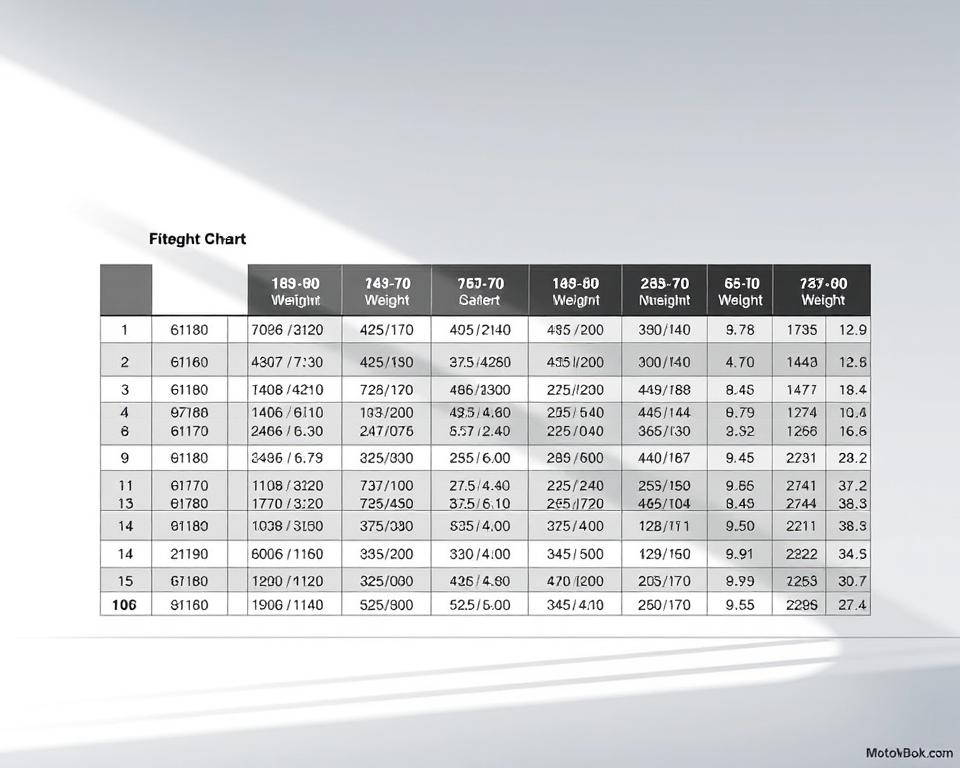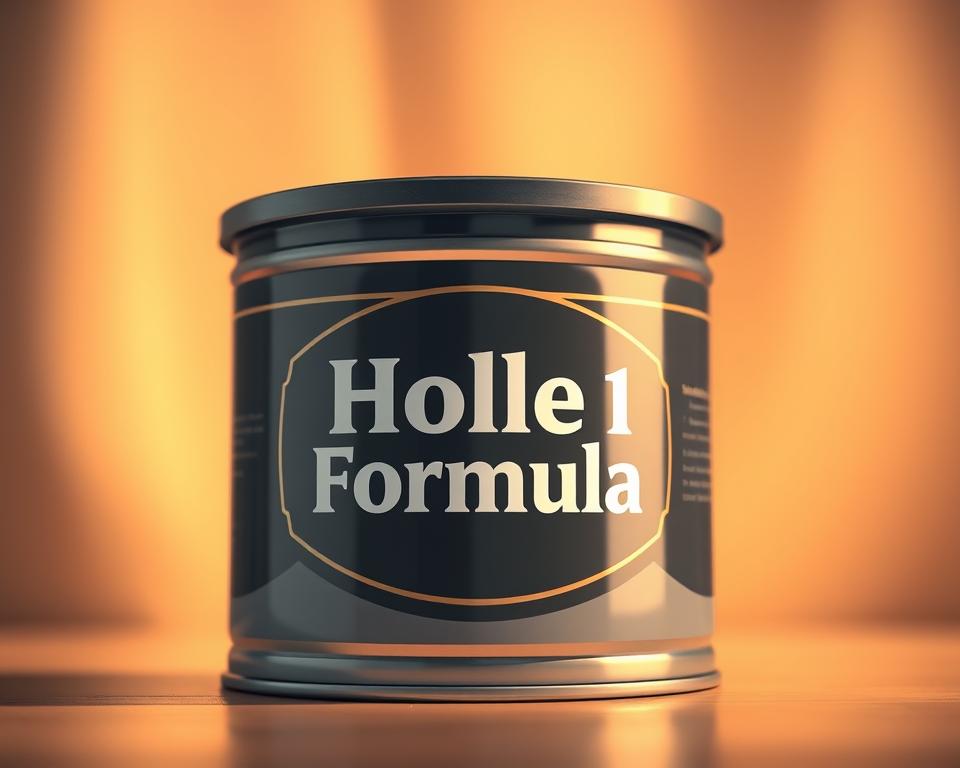Singapore Personalised Cakes Online — Get Yours Today
Have you ever wondered how a simple cake can turn a moment into a memory? You need a cake that looks amazing and tastes even better. With My Bake Studio, the choice becomes simple and joyful.
You can order a cake with tailored designs and clear options for flavor, size, and finish. Include details such as edible images or toppers to match your theme.
Enjoy quick delivery with timely updates so the customised cakes arrives fresh on the day you need it. Whether it’s a small family night or a big work party, choose the size that suits your plans.
Buy with confidence: each cake is baked fresh to your requirements and delivered carefully. Place your order and focus on the fun.
Meet My Bake Studio: Your Source for Custom Cakes with Doorstep Delivery
Finding the perfect cake for your event should feel easy and fun. You can quickly pick flavor, size, and a look that fits your theme. The process is simple with transparent delivery timing.
Simple steps, honest prices, and friendly help. Whether birthday cakes or rehearsal dinners, we bake fresh with attention to flavour and presentation. Expect quick confirmations and a clear delivery schedule.

What sets our customised cakes apart
- Expert decorators craft your ideas into refined designs with careful detail.
- Go with trending looks or ask for a custom cake for weddings, events, or any celebration.
- Add cupcakes or coordinated pieces for a dessert table that looks and tastes great.
Online Customised Cakes in Singapore
Select a cake that fits your taste and the day’s tone. Mix flavours, fillings, and finishes to create something special for any occasion.
Begin with your favourite sponge and filling, then select buttercream, fondant, or semi-naked finishes. Use the design panel to adjust colours, piping, or metallic accents.
Tier and size options for birthdays, weddings, and other events
Choose practical sizes for birthdays, baby celebrations, or intimate wedding receptions. Servings per tier are listed so you can match portions to guest count.
Extras: cupcakes, toppers, edible photos
- Create a cohesive dessert set with cupcakes, macarons, or matching minis.
- Use toppers, edible photos, or logos to match your event theme.
- Choose multi-tier forms for formal events; our team will advise on balance and servings.
Dietary preferences and ingredients to suit you
Let us know your needs—reduced sugar, allergens to avoid, or preferred ingredients. Set a business-hours lead time so we can confirm and schedule baking to your timeline.
Complete flavour to finishing details in a single easy form and we’ll deliver a polished cake that looks great and tastes even better.
How to Order Cakes and Set Delivery in Singapore
Your cake order should be fast, clear, and match your schedule. My Bake Studio helps you place orders smoothly and schedule reliable delivery across Singapore, with helpful support from the team.
Simple ordering steps: from design details to secure checkout
First select a cake and include design notes for messages or toppers. Provide your address, preferred day, and any access details, then finish secure checkout.
Delivery choices: standard, same-day & time-window
Pick standard delivery, same-day when available, or a specific time slot to match your event. For urgent needs, call in business hours and we’ll confirm feasibility.
Pickup vs. doorstep delivery: choose what fits your day
Prefer pickup? Pick store collection at checkout and we’ll advise on safe transport. Prefer convenience? Opt for doorstep delivery and let us handle insulated transport and care.
“Your order is tracked with timely updates so you can anticipate delivery time.”
- Choose design, size, and notes prior to checkout.
- Pick delivery or pickup and choose a time.
- Confirm your address, contact details, and access instructions.
- Get baking and delivery updates right up to arrival.
Cakes for Every Occasion: Birthdays, Anniversaries, Weddings, and Beyond
All milestones deserve a cake that suits the moment and brings joy. My Bake Studio crafts occasion-ready cakes—from birthdays to weddings—with thoughtful designs and reliable timelines.
Make birthdays unforgettable with a birthday cake that suits your theme. Select cartoon accents, floral textures, or minimal elegance for a standout centrepiece.
For big milestones, go for tall tiers or bold designs to serve more and look great in pictures.
Wedding & engagement cake designs
Wedding and engagement options are matched to your palette and venue. From modern monograms to sugar florals, each design fits taste and presentation needs.
Baby showers and gender reveals
Plan a sweet reveal with a subtle shell and coloured filling. It’s a small touch that creates a big moment for family and friends.
Corporate events and custom logo cakes
We cover corporate event needs with logo printing, brand colors, and matching treats. Let us know timing or dietary requirements and we’ll adapt while preserving flavour and structure.
- We’ll help you choose the right size so your cake suits the room and guest list.
- Check our customised gallery for ideas, then personalise details for a truly yours cake.
Taste the Quality: Ingredients, Care, and Craftsmanship
Great flavour starts long before the cake reaches your table. Every cake is baked to order with focus on flavour, structure, and clear care notes.
Fresh ingredients and made-to-order quality
We use real butter, ripe fruit, and premium chocolate for balance and light sponge. Each cake is finished by one decorator so texture and look stay consistent for your event or celebration.
From our kitchen to your event: cake care tips
Follow simple steps for transit, chilling, and display to protect finishes and toppers.
- Refrigerate before transport and rest at room temperature briefly before serving for best taste.
- Keep cakes and cupcakes shaded on warm days and plan delivery time to avoid heat exposure.
- Place orders early; our kitchen schedules baking within set hours to guarantee peak freshness on the day you serve.
Need a steady cake delivery or a quick answer about options? Contact our shop to secure your slot for birthdays, anniversaries, or other events.
Final Notes
Lock in a standout cake with reliable delivery so your party runs smoothly.
Order a custom cake from My Bake Studio in minutes and secure delivery to keep plans on track. From classic birthday styles to modern designs, our bakers create treats that taste great and look perfect.
Choose Singapore delivery to enjoy doorstep convenience with timely delivery and careful packing. Place orders early for peak days, add a short message at checkout, and count on friendly help if you need sizing or design advice.
Frequently Asked Questions
How can I place an order for a personalized cake?
You can design your cake by selecting flavors, fillings, size, and finish on our website. Add any toppers or edible images, choose a delivery or pickup time, then complete a secure checkout. If you need help, reach out to our team via chat or phone for real-time assistance.
What flavors and fillings can I choose?
Select classics—chocolate, vanilla, red velvet—or specialties like matcha and lemon curd. Available fillings include buttercream, ganache, fruit compote, and custard. Share allergies or preferences so we can suggest suitable ingredient swaps.
What sizes and tiers do you offer for birthdays and weddings?
We offer single-tier cakes for small groups and multi-tier cakes for weddings and big events. Our size guide lists servings per inch to match portions to your guest count. If unsure, our team will help you choose the right size.
Are add-ons such as cupcakes and custom toppers available?
Absolutely. You can add cupcakes, custom toppers, edible images, and themed decorations during checkout. These extras let you build a cohesive dessert table for birthdays, anniversaries, or corporate events.
Do you accommodate dietary needs such as nut-free or vegan?
Dietary requirements can be met with nut-free, egg-free, and vegan options. Please specify needs during ordering so we use suitable ingredients and avoid cross-contamination where possible.
What are the delivery options and time windows?
Select standard delivery, same-day when available, or time-window delivery for precise timing. Fees and availability depend on time and location. We’ll send tracking and updates after dispatch.
Can I pick up my cake instead of having it delivered?
Yes, choose pickup during checkout. Pickups are available during our collection hours; we’ll hold your cake safely until you arrive. A solid option if you prefer managing timing.
How early should I book a custom cake?
For complex designs and larger orders, book at least 2–4 weeks ahead. Simpler cakes and standard flavors often allow shorter lead times, but weekend slots fill quickly, so earlier is better.
Can I get a cake at the last minute?
Same-day or next-day options may be possible depending on demand and complexity. See the same-day option at checkout or contact our team to confirm availability.
What’s the best way to store and transport my cake?
Chill cakes with perishable fillings; store fondant or buttercream cakes in a cool dry spot. Keep the cake flat and avoid sharp stops during transport. Care instructions come with every order to help ensure perfect condition.
Can you create corporate or branded cakes with logos?
Yes, branded cakes and desserts for corporate functions are available. Please provide a high-res logo and brand guidelines so we can match colours and style accurately.
What are your refund and cancellation terms?
Refund and cancellation terms vary by order size and lead time. For full details, review our policy at checkout or contact customer service. We strive to resolve issues quickly and offer alternatives when possible.
How do you keep cakes fresh and high quality?
We use fresh ingredients and make cakes to order. Bakers follow strict prep and storage practices to maintain flavour and texture. We pack orders carefully to protect form and decoration.
Is a cake tasting available before a big order?
Tastings are available for wedding cakes and larger events by appointment. Schedule a tasting to sample flavours and discuss designs so you feel confident.
Who should I contact if there’s an issue upon delivery?
Contact our customer support immediately with your order number and details. We’ll assess the situation and offer a replacement, refund, or other solution based on the issue and our policy.
Where do I upload reference images for design?
Upload reference images and notes during the design step on the order page. You may email or message our team after ordering to share files or clarify details.
Do you have seasonal flavours or limited designs?
Yes, we feature seasonal flavours and limited designs for holidays and events. Check our promotions page or sign up for updates to be the first to know about limited-time offerings.









